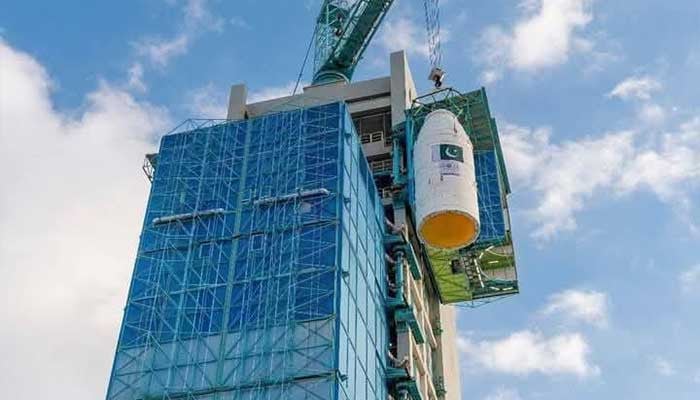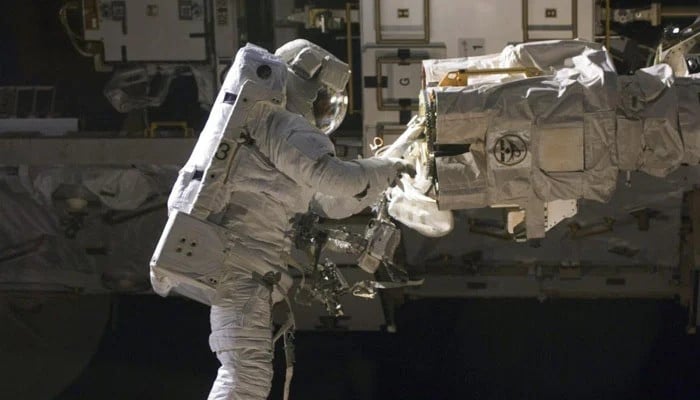Pakistan will launch its first hyperspectral satellite (HS-1) from China’s Jiuquan Satellite Launch Center on October 19, the Space and Upper Atmosphere Research Commission (Suparco) announced on Wednesday.
The HS-1 mission marks a quantum leap in the country’s space travel and will usher Pakistan into a new era of advanced space-based applications in agriculture, disaster management, urban planning and environmental monitoring.
In the agricultural sector, the satellite’s hyperspectral imaging capabilities will enable precision farming through high-resolution data acquisition and calibration.
By providing detailed insights into crop health, soil moisture and irrigation patterns, HS-1 is expected to improve yield estimates by 15 to 20 percent, making a significant contribution to the country’s food security.
For urban development, HS-1’s state-of-the-art sensors will help monitor environmental changes, map infrastructure and analyze urban growth trends.
Its ability to capture the ghostly features of man-made structures will support sustainable urban planning, efficient resource management and informed land use policy.
In the areas of environmental monitoring and disaster management, the satellite will play a crucial role in early warning and rapid response mechanisms.
The advanced imaging systems will help predict floods, detect landslides and assess geographical hazards, especially along the Karakoram Highway and northern regions.
The data will also improve post-disaster assessments, transportation network analysis and water resources modeling, providing timely insights into floods, earthquakes, deforestation and land degradation.
The integration of HS-1 into Pakistan’s growing remote sensing fleet, consisting of PRSS-1 (launched July 2018), EO-1 (January 2025) and KS-1 (July 2025), will significantly strengthen the country’s space-based infrastructure and data capabilities.
The mission is in line with the National Space Policy and Suparco’s Vision 2047, which aims to position Pakistan as one of the leading countries in space technology and innovation, and drive sustainable national development through science and innovation.






